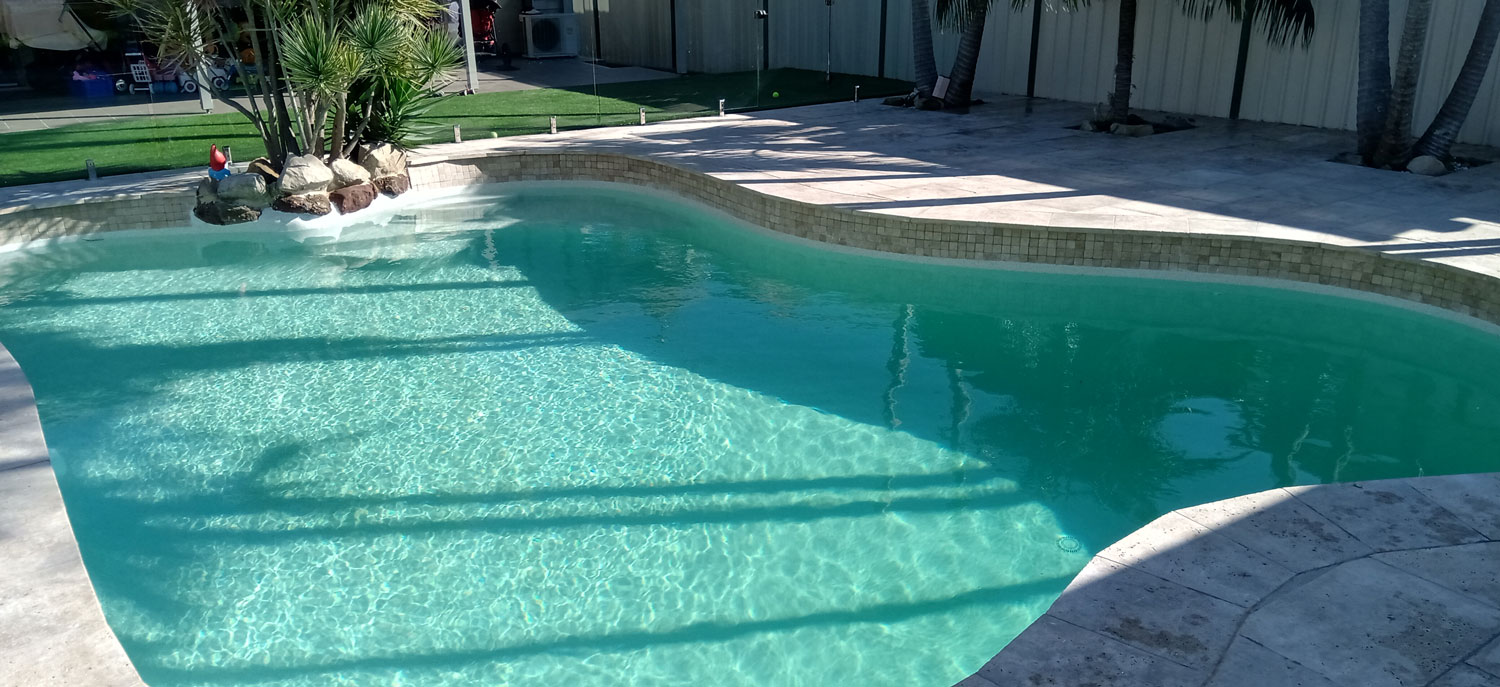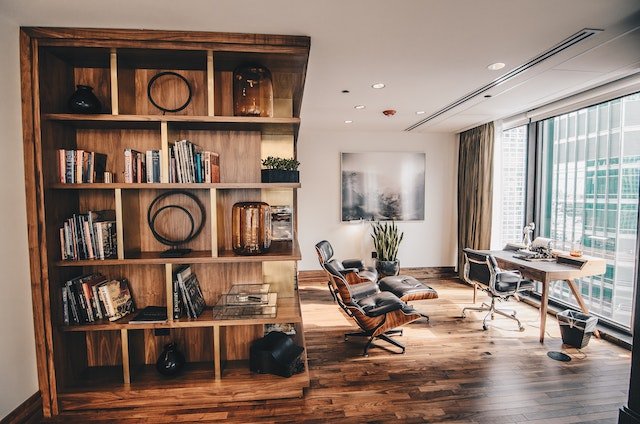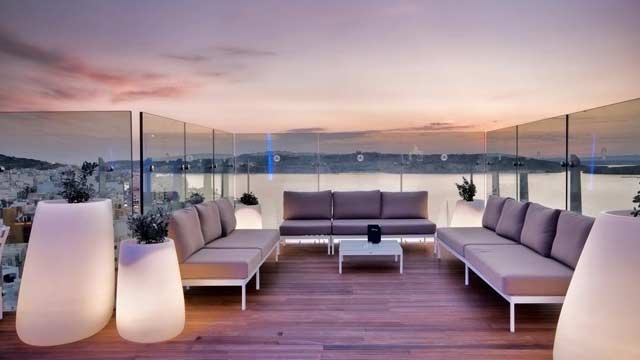Learn About The Installation Of Pebblecrete Pools And How Long They Typically Last

When it comes to upgrading your pool, you have a wide range of alternatives available to you, some of which include tiles, paint, Pebblecrete, and Quarzton. You may also pick other materials. Pebblecrete is a popular material to use when renovating pools since it not only provides an upscale finish to the interior of the pool but also has the potential to make the surface’s impact remain for a more extended period.
Pebblecrete is designed to survive for up to 15 years, in case you were unaware of that fact. When compared to more conventional solutions such as painting and tiling, both of which typically have a lifespan of five to eight years, it has a superior lifespan.
What Is The Mechanism Behind The Pebblecrete?
A combination of high-quality pebbles and cement is what makes up pebblecrete. The mixture is spread out in a layer that has a thickness of between 5 and 20 millimetres. After the mixture has had time to dry, a wash of acid is applied to the surface to give it a colourful and polished appearance.
It is important to keep this fact in mind when choosing a design for the interior of your pebblecrete pools. Regardless of whether you choose a design based on an image or a small sample, the finished colour of your swimming pool will look different from what you expected it to look like after seeing the sample.
What Kind Of Advantages Does A Pebblecrete Surface Offer?
For the past quarter of a century, pebbles have served as the material of choice for the pool’s lining. Rocks were once employed to provide an application with a rough surface, which prevented some property owners from selecting this option as their preferred alternative. Stones are now set with a thickness of 1–2 millimetres, giving a smooth surface in addition to the advantages brought about by the significant advances in technology.
- A surface that will already have a high-quality finish applied to it.
- Perfect for pool resurfacing and renovations for new pools
- Works well with ozone water, salt water, and chlorine water
- Accidents and slips are reduced to a minimum because of the product’s excellent gripping ability
Pebblecrete Pool Interiors Are Typically Installed In The Following Manner By Trained Professionals:
- The water and debris are removed from the surface of the concrete shell by trained professionals.
- The next step is to apply the first layer of paint using a pump, and then it is dispersed evenly across the surface. Following this step, builders of domestic swimming pools use a hand trowel to sprinkle the pebblecrete mixture over the walls and flooring of the pool.
- To bring about the long-awaited shine of the pool, the pool technician will wash the surface with acid as soon as the mixture dries up.
When it comes to cleaning the pool as part of the routine maintenance that is performed on it, you should begin by draining the water, scrubbing the surface, using a pressure washer for a better outcome, or using acid washing for more effective removal of stains or algae. Additionally, make an effort to maintain the pool as clean as possible to cut down on the number of times you will need to clean the surface.
In addition, if you have plans to paint the pool’s interior; you cannot use any paint that you would normally use on the pool’s surface. There are several specially designed paints and primers that may be used to seal the surface of the pebblecrete, therefore improving the overall appearance and reducing the likelihood that it will become stained.





